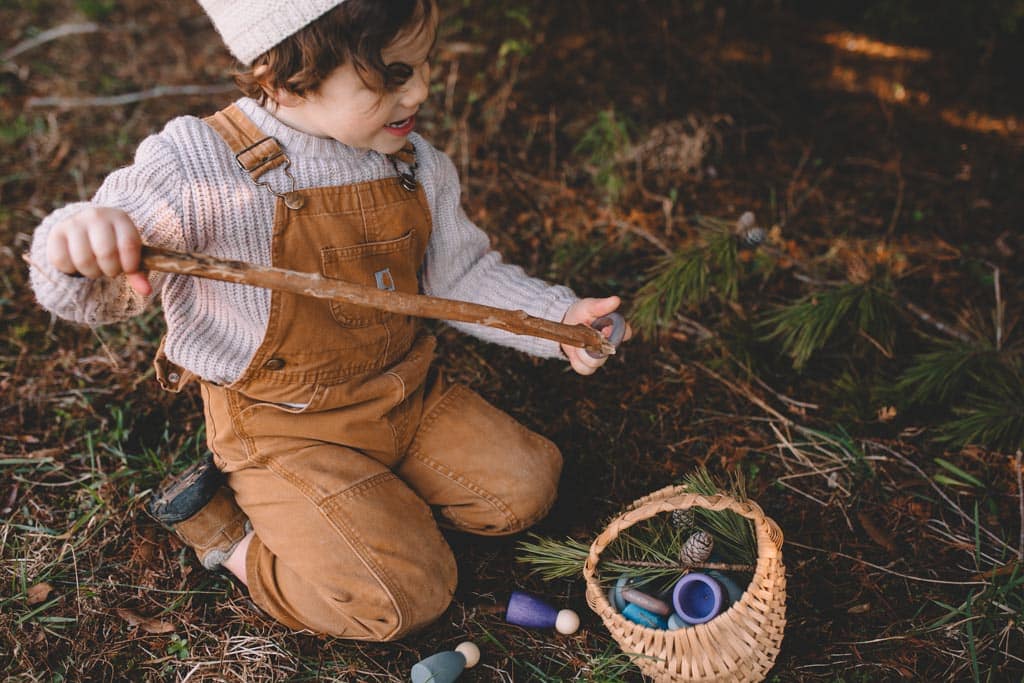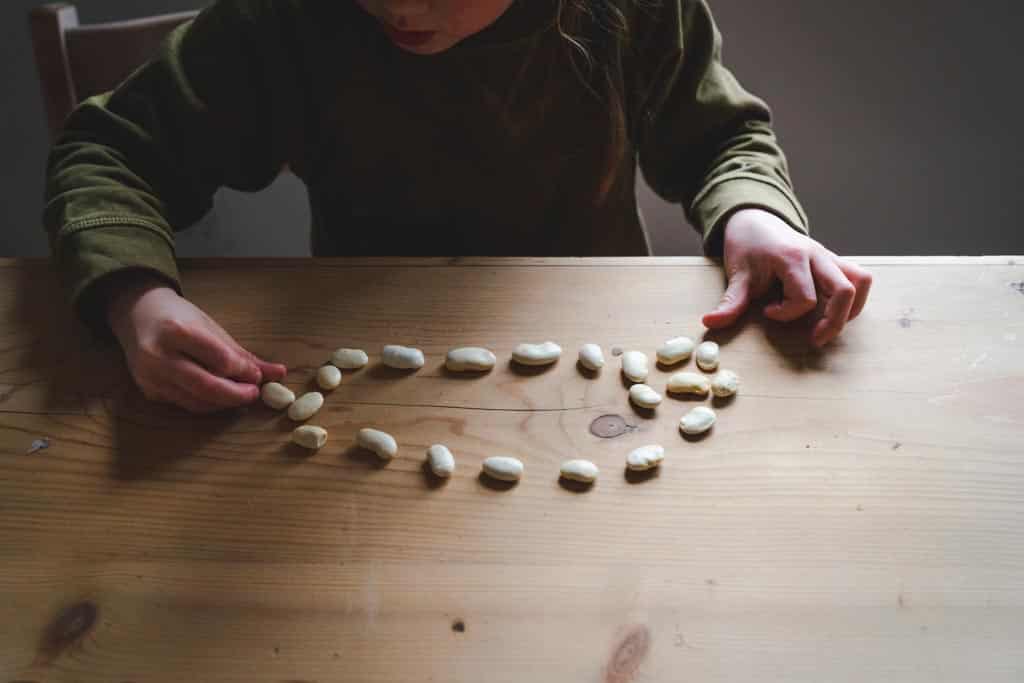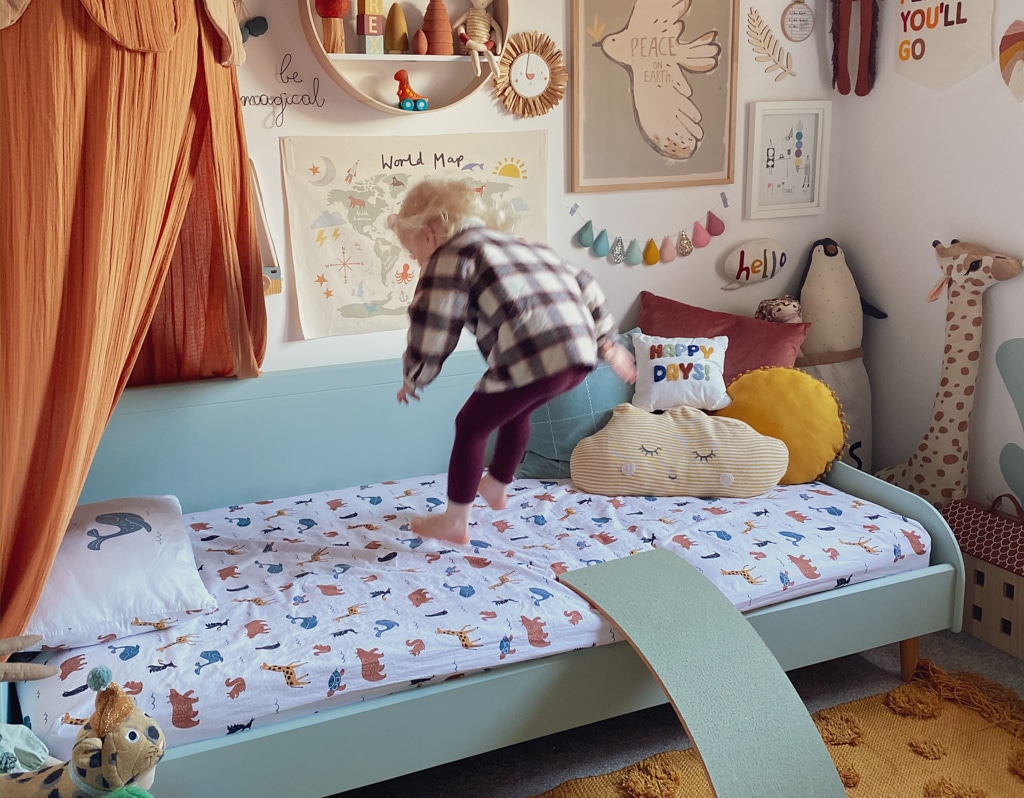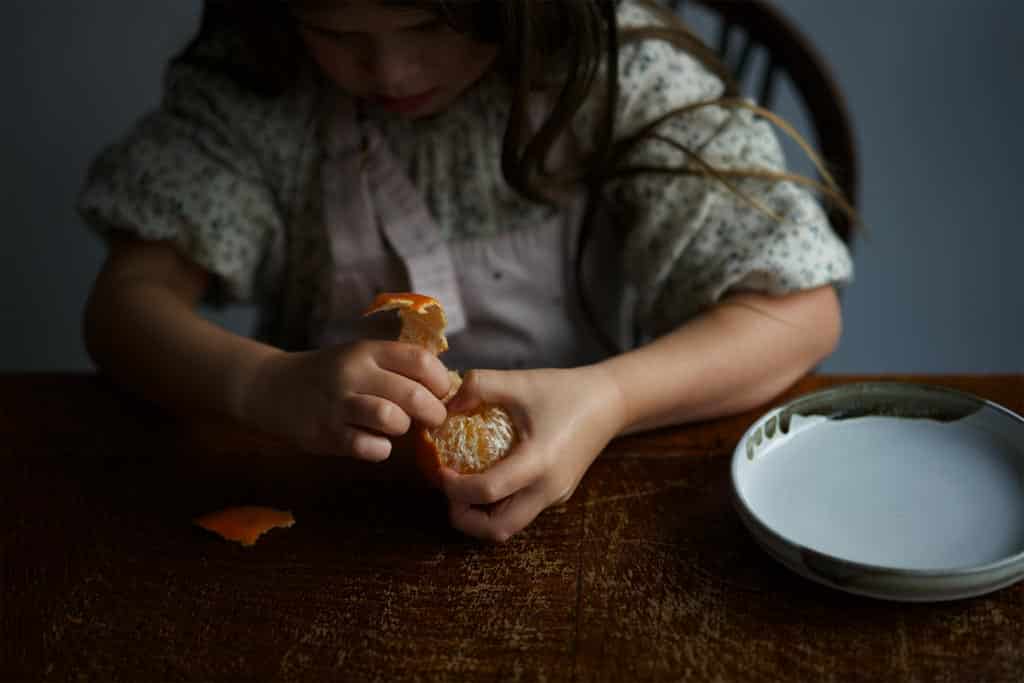Hand-eye coordination is the ability to perform tasks that require simultaneous use of the hands and eyes. It involves processing visual input from the eyes and translating that information into precise, controlled movements of the hands. This skill is essential for various day-to-day activities and sports, such as writing, typing, driving, and playing musical instruments.
Hand-eye coordination involves several interrelated cognitive and motor skills, including:
Visual perception: The ability to interpret and understand visual information received by the eyes. This involves recognizing objects, detecting movement, and distinguishing colours and shapes.
Spatial reasoning: The ability to comprehend and manipulate the position, orientation, and relationships of objects in space. This skill is crucial for estimating distances, determining angles, and predicting the trajectory of moving objects.
Fine motor skills: The capacity to control small, precise movements of the hands and fingers. Fine motor skills are essential for tasks that require accuracy, such as writing or manipulating small objects.
Gross motor skills: The ability to control and coordinate large body movements, including those involving the arms and hands. Gross motor skills are important for tasks that require strength and range of motion, such as throwing or catching a ball.
Attention and focus: The ability to concentrate on a specific task and filter out irrelevant information, allowing for accurate and efficient hand-eye coordination.
Reaction time: The speed at which the brain processes visual information and translates it into a physical response, such as moving the hand to catch a ball.
Decision-making and planning: The ability to evaluate different options and choose the most appropriate course of action, such as deciding when and how to hit a moving target.
Sensory integration: The process of combining and interpreting information from multiple senses, including vision and touch, to execute coordinated movements accurately.
All these skills work together to enable smooth, coordinated hand-eye movements, allowing individuals to complete complex tasks and participate in various sports and activities.
The best games do develop hand-eye co-ordination
Babies
- Peek-a-Boo: Engage in the classic game of peek-a-boo with your baby. Encourage them to track your face as you cover and uncover it with your hands, helping them develop their visual tracking skills and hand-eye coordination.
- Grasping and Reaching for Objects: Provide your baby with safe and age-appropriate objects to grasp and reach for, such as soft toys or rattles. Place the objects just out of their reach to motivate them to extend their hands and practice their hand-eye coordination as they try to grasp the items.
- Rolling a Soft Ball: Sit facing your baby and roll a soft ball back and forth between you. Encourage your baby to reach out and touch or grasp the ball as it rolls towards them, promoting their hand-eye coordination and tracking skills.
Toddlers
- Building Blocks: Encourage your toddler to stack and build with blocks or other construction toys. This game helps them refine their hand-eye coordination as they carefully place each block on top of another to create a structure.
- Throwing and Catching: Play a simple game of throwing and catching a soft ball or a beanbag with your toddler. Start with short distances and gradually increase the challenge, allowing them to practice aiming and catching, which enhances their hand-eye coordination.
Puzzles: Introduce age-appropriate puzzles with large, sturdy pieces to your toddler. As they manipulate the puzzle pieces and fit them into the correct spaces, their hand-eye coordination and fine motor skills are developed.
Preschoolers
- Balloon Volleyball: Inflate a balloon and engage in a gentle game of balloon volleyball with your preschooler. Encourage them to bat the balloon back and forth using their hands or a lightweight soft paddle, improving their hand-eye coordination and gross motor skills.
- Bean Bag Toss: Set up targets (e.g., buckets or hoops) at different distances and have your preschooler throw bean bags into them. This game helps them refine their aiming and tossing abilities while improving their hand-eye coordination.
- Cutting and Tracing: Provide child-safe scissors and practice cutting various materials, like paper or playdough, along dotted lines. Tracing shapes or patterns with a pencil or finger also helps develop hand-eye coordination and fine motor skills.
How does hand-eye co-ordination develop?
Hand-eye coordination develops gradually in children from birth to five years old through a series of stages. Each stage builds upon the skills acquired in the previous stages, allowing children to gain greater control over their movements and interact more effectively with their environment.
Birth to 3 months
In the first few months of life, infants primarily rely on reflexes and involuntary movements. They begin to develop basic hand-eye coordination by tracking objects visually and attempting to reach for them. At this stage, babies’ hand movements are mostly uncoordinated, and they might not be able to grasp objects intentionally.
3 to 6 months
As babies gain better control of their eye movements, they start to reach for and grasp objects with more purpose. They may also begin to transfer objects from one hand to another, which demonstrates an improvement in hand-eye coordination. At this stage, babies also start to develop depth perception, allowing them to better judge the distance and position of objects.
6 to 12 months
During this period, infants’ hand-eye coordination becomes more refined. They start to develop pincer grasp, which involves using the thumb and forefinger to pick up small objects. This improved fine motor control also allows babies to explore their environment more effectively, engaging in activities such as pointing, clapping, and feeding themselves with their hands.
1 to 2 years
Toddlers continue to hone their hand-eye coordination skills during this stage. They become more adept at manipulating objects, stacking blocks, and turning pages in a book. Their gross motor skills also improve, enabling them to walk, run, and throw or catch objects with greater accuracy.
2 to 3 years
At this stage, children’s hand-eye coordination becomes more sophisticated. They can engage in more complex tasks, such as drawing basic shapes, using scissors, and threading beads. Their spatial awareness and fine motor skills continue to improve, allowing them to complete puzzles and manipulate small objects with greater precision.
3 to 5 years
By this age, children have achieved significant milestones in hand-eye coordination. They can engage in various activities that require both fine and gross motor skills, such as writing, drawing more detailed pictures, playing with toys that have small parts, and participating in sports like throwing and catching balls. Their hand-eye coordination will continue to develop and become more refined as they grow older and participate in increasingly complex tasks.
Final word
You can support your child’s development of hand-eye coordination by providing age-appropriate toys and activities that encourage fine and gross motor skills, as well as offering opportunities for children to explore and interact with their environment.




